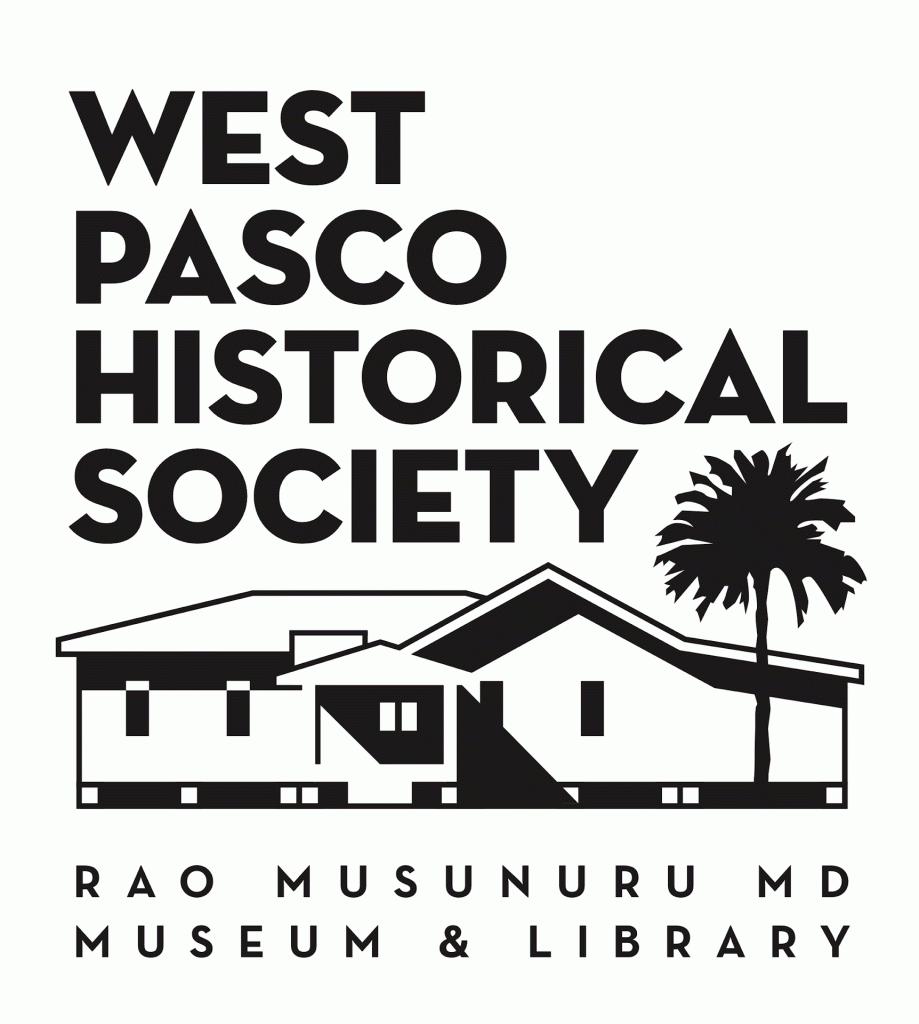HISTORY OF PASCO COUNTYBlanton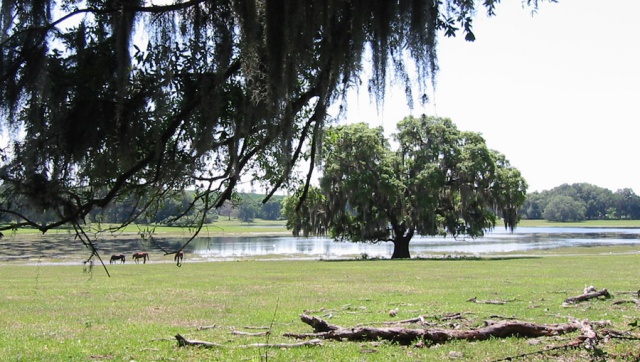 This page is taken, with permission, from the former My Blanton web site, created by Marinell Davis. Blanton, located on State Road 41, six miles west of Dade City, had one or two settlers as early as 1842 when they came to gain land under the Armed Occupation Act. At that time Blanton was part of a region known by the Indian name of Toadchudka, meaning “muddy waters”. At the end of the Civil War more settlers came. The first of these was Jesse Blanton for whom Blanton was named. He and his wife, Martha Howell, built a log cabin east of what is now Blanton Lake. They were from Scevren County, Georgia. Other early settlers were John Marion O’Berry, James Dowling, Francis Blocker, Jim Wilson, James Miller, H.J. Charles, and S.O. James. This high pine country with its hills and abundant springs was especially attractive to Georgia farmers. Farm crops grew well on the rich fertile land and birds, fish, and game were plentiful. The land was also cheap to purchase. By 1884, Blanton had a post office, a school, a Methodist church, a shingle mill, a doctor, and a general store. Mails were received on Mondays and Thursdays and oranges were the principal shipments. Industries were cattle, turpentine, citrus and truck farming. Tampa was the closest bank, express, and telegraph point. 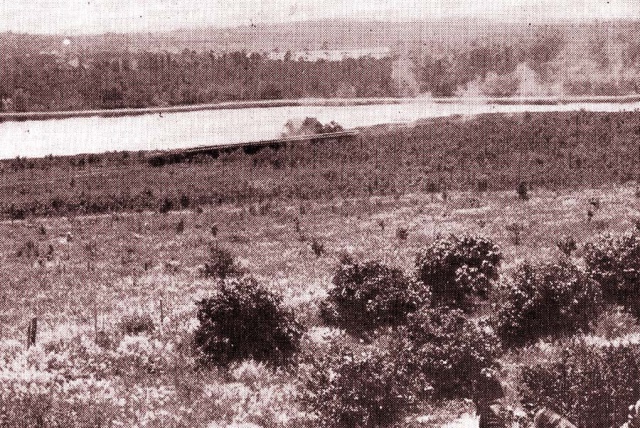 In 1887, the Orange Belt Railroad was routed through and the community was moved to the west side of the Lake where it is today. The railroad platted a town and John O’Berry gave properties for a school, church, and other public buildings. Later, about the turn of the century, Chipco and Lenard were merged into Blanton. Blanton appears in the 1918 R. L. Polk Gazetteer and Business Directory as a community of 50 persons, and in the 1925 edition as having 100 persons. Life in Blanton, like other communities had its hardships. In 1918, entire families were stricken by an outbreak of Spanish influenza. This was made worse by ignorance of treatment. The death of Emily O’Berry Blocker was said to have been caused by this influenza. 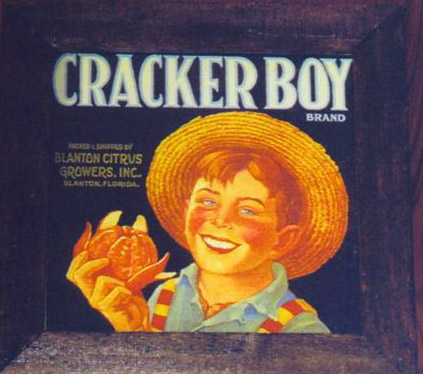 Water was also a problem for Blanton folks. There were few open wells in use, and most people got water from the branch which was fed from a spring to the North. This caused a Typhoid outbreak in 1923 and 1924. Malaria was also around since few houses had screened windows and doors and people were not able to control mosquitoes. Sore eyes were common among the children and home remedies such as a banana leaf on the eyes, were applied. Herbs were also depended on a great deal. Today, Blanton is a quiet community with a convenience store, country gas station, and Methodist church. Among the residents, you will find many descendants of the first settlers. Citrus, cattle, poultry, soy beans, and grapes are now the major industry. — Lora Blocker 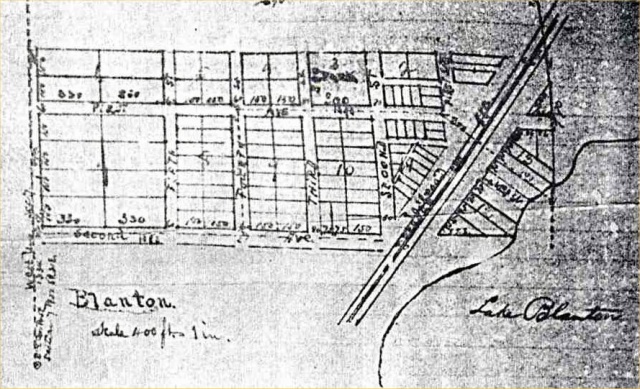 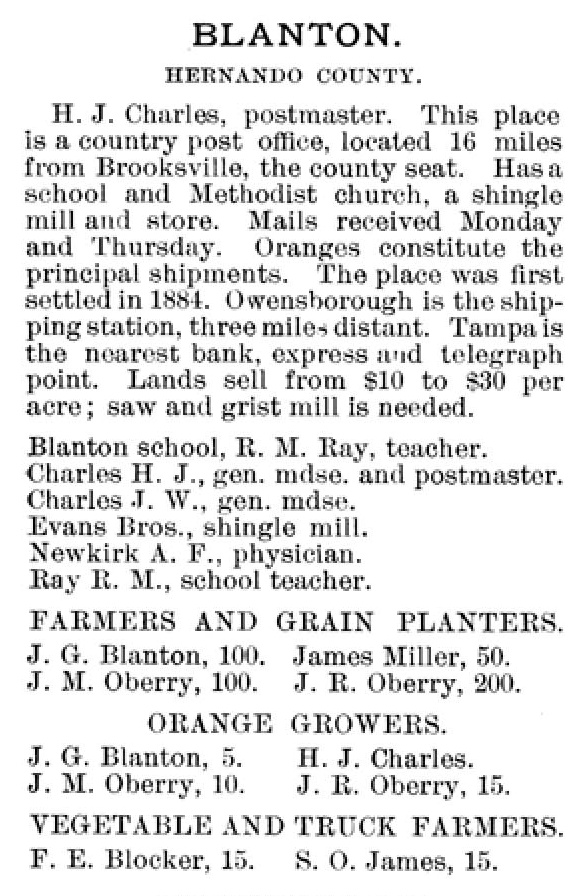 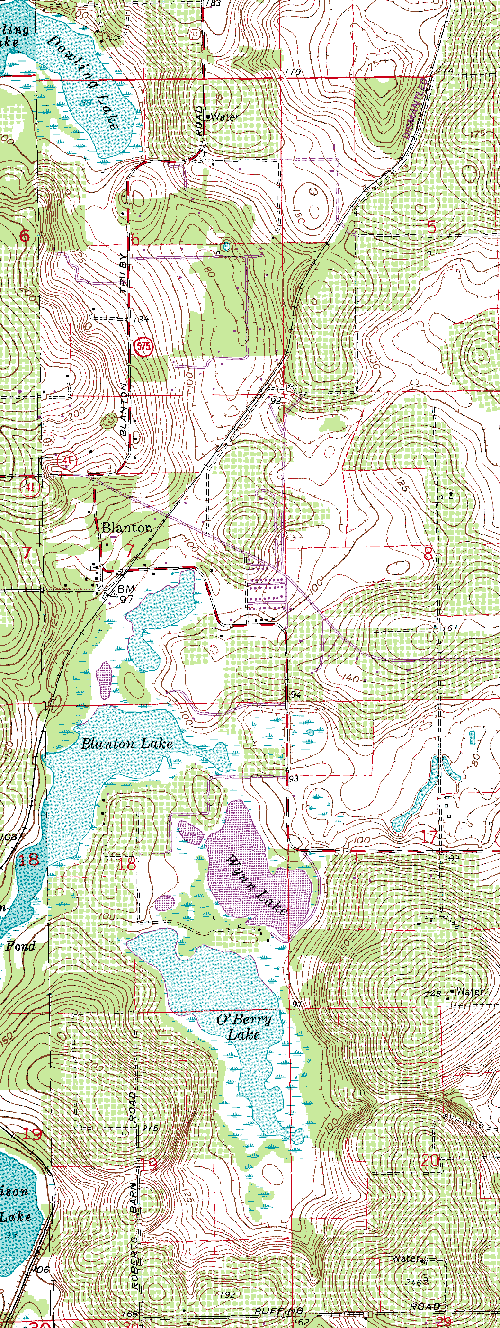 |
